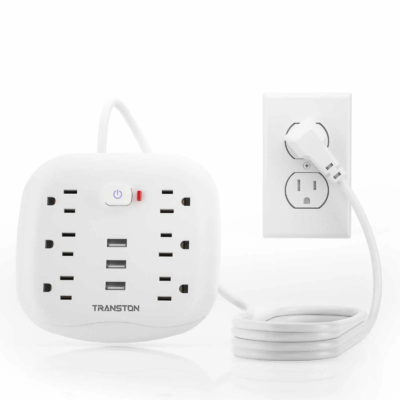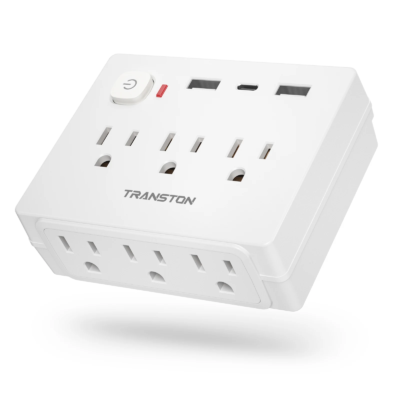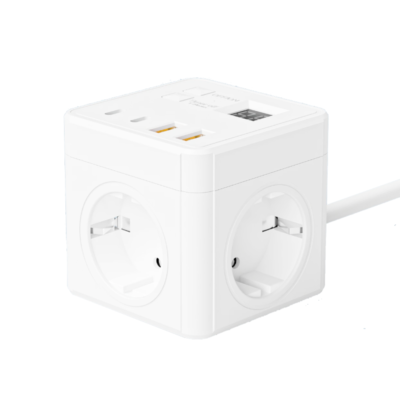About Surge Protector
A surge protector, also known as a voltage surge protector, is an electronic device designed to protect electrical equipment from voltage spikes, also known as transient voltage or surges. These surges can be caused by lightning strikes, power grid switching, or electrical equipment malfunctions. The protector works by limiting the voltage supplied to an electric device by either blocking or shorting to ground any unwanted voltages above a safe threshold.
Types of Surge protector
Surge Protective Devices (SPDs) are primarily categorized into Type 1, Type 2, and Type 3 based on their installation location and protection level. Below is a detailed professional explanation of their characteristics and applications.
Characteristics
Installation Location: Main distribution panel (Service Entrance)
Primary Function: Protects against massive surge currents caused by direct lightning strikes or nearby lightning strikes (10/350µs waveform)
Discharge Capacity: Extremely high, capable of discharging tens of kiloamperes of surge current
Clamping Voltage: Relatively high, typically above 2.5kV
Response Time: Relatively slow, typically around 100 nanoseconds
Applications
Building Inlet: Serves as the first level of protection, safeguarding all electrical equipment within the building from external lightning surge damage.
High Lightning Risk Areas: Such as high-rise buildings, structures in open areas, etc.






